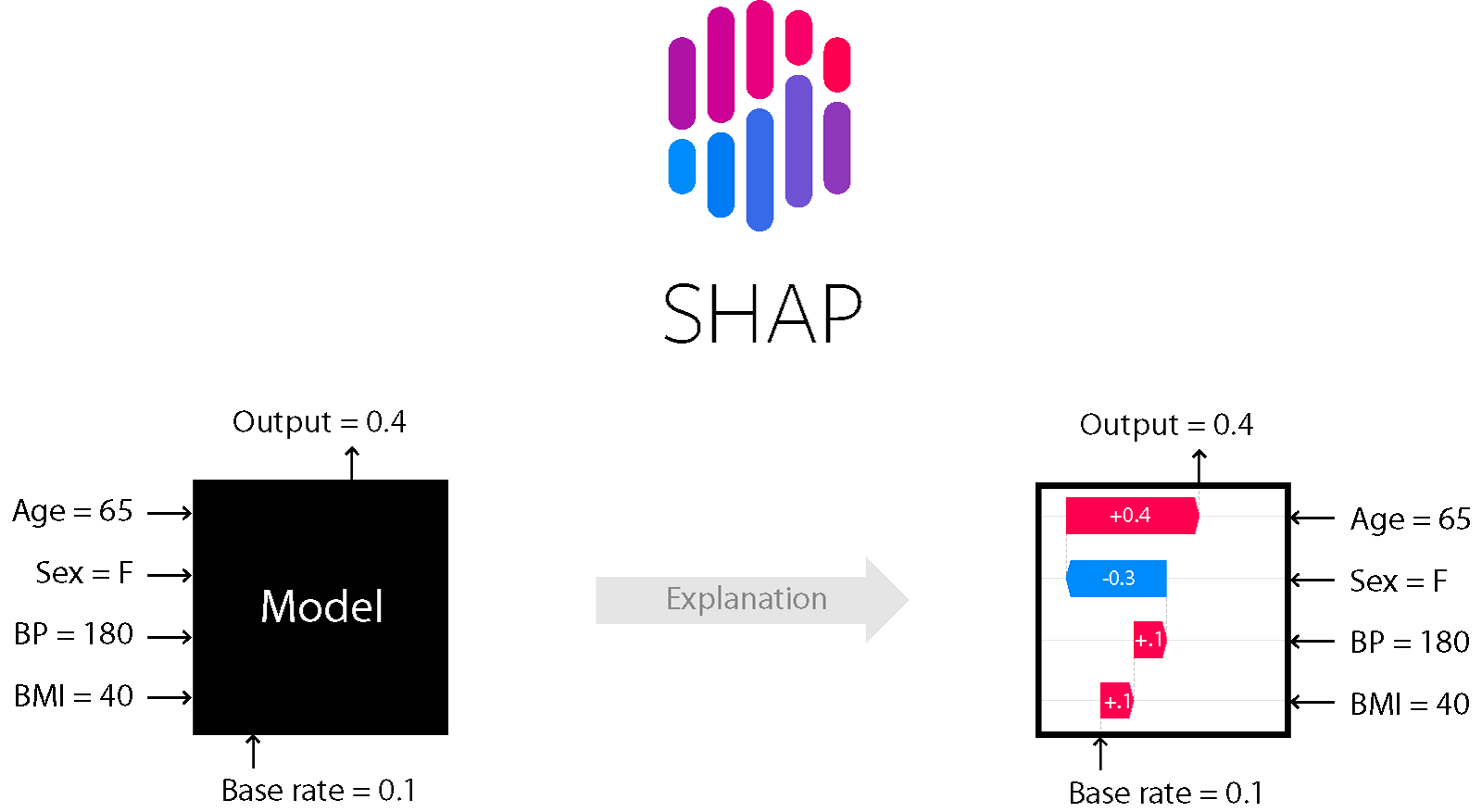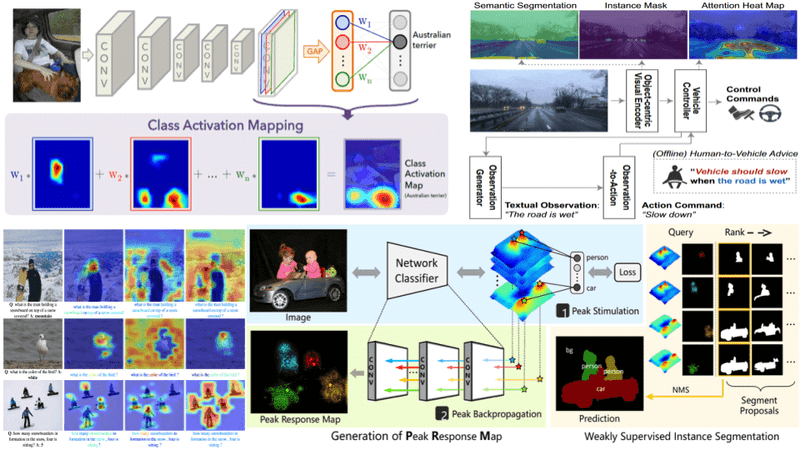Artificial Intelligence systems are becoming increasingly sophisticated. Furthermore, they power everything from medical diagnoses to financial decisions. However, as these systems grow more complex, understanding their conclusions becomes crucial. Therefore, Explainable AI (XAI) emerges as a game-changing approach to making machine learning models transparent. XAI algorithms and libraries play a vital role in interpreting how AI models reach their predictions, ensuring accountability and trust in automated systems.
These tools not only clarify model behavior but also help identify biases and potential flaws in the data. By integrating XAI algorithms and libraries into AI workflows, developers and businesses can meet regulatory standards, improve user trust, and drive ethical AI adoption.
Basic Understanding of Explainable AI (XAI)
Explainable AI represents a set of processes that enable human users to comprehend machine learning algorithms results. Unlike traditional “black box” models, XAI provides clear insights into AI decision-making processes. Moreover, this transparency builds trust between users and artificial intelligence systems.
The fundamental principle behind Explainable AI is transparency. When machine learning models predict loan rejections or diagnose medical conditions, stakeholders need reasoning clarity. Consequently, XAI bridges this gap by offering interpretable explanations that humans can evaluate.
Explainable AI delivers these essential benefits:
- Enhanced Trust Building – Creates confidence between users and AI systems through transparent decision-making processes
- Regulatory Compliance – Meets GDPR’s “right to explanation” requirements and fair lending regulations standards
- Model Optimization – Enables better debugging and improvement opportunities through clear insight into model behavior
- Bias Reduction – Identifies and mitigates unfair decision-making patterns in AI systems
Additionally, XAI becomes vital in high-stakes domains like healthcare and finance. In these areas, understanding AI rationale can have life-changing implications. Subsequently, the technology encompasses various techniques from feature importance scores to natural language explanations.
Modern Explainable AI frameworks focus on two explanation types. First, global explanations describe overall model behavior. Second, local explanations clarify individual predictions. Thus, this dual approach ensures comprehensive understanding across different stakeholder requirements. XAI algorithms and libraries are specifically designed to support both global and local interpretability, enabling developers to build AI systems that are both transparent and accountable.
SHAP (SHapley Additive exPlanations)

SHAP stands as one of the most robust explainability frameworks in modern machine learning. Based on cooperative game theory, SHAP provides unified approaches to explaining individual predictions. Furthermore, it quantifies each feature’s contribution to final outcomes through mathematical precision.
The core strength of SHAP lies in its mathematical foundation. This ensures that feature importance values remain both accurate and additive. Therefore, all SHAP values for a prediction equal the difference between model output and baseline prediction. This property makes SHAP explanations highly reliable.
SHAP provides these powerful capabilities:
- Universal Compatibility – Works seamlessly with any machine learning algorithm regardless of complexity or structure
- Mathematical Rigor – Delivers proven consistency and reliability through solid theoretical foundations
- Dual Explanation Modes – Offers both local individual predictions and global model behavior insights
- Rich Visualizations – Provides intuitive charts and graphs for technical and non-technical stakeholders
Moreover, SHAP implementations include various optimized algorithms for different model types. TreeSHAP provides efficient explanations for tree-based models like Random Forest. Meanwhile, DeepSHAP handles neural networks effectively. Similarly, KernelSHAP serves as a model-agnostic solution for any black-box model.
The practical applications of SHAP extend across industries comprehensively. In healthcare, SHAP helps doctors understand diagnostic contributions from symptoms. Financial institutions use SHAP to explain credit scoring decisions for regulatory compliance. Additionally, marketing teams leverage SHAP to understand customer behavior predictions and optimize strategies.
LIME (Local Interpretable Model-agnostic Explanations)
LIME revolutionized explainable AI by introducing practical approaches to understanding individual predictions. The technique works by approximating complex models locally with simpler, interpretable alternatives. Additionally, it explains specific predictions in human-understandable terms through this approximation process.
The fundamental concept behind LIME involves perturbing input data around specific instances. Subsequently, it observes how these changes affect model predictions. By fitting simple linear models to perturbed samples, LIME creates local explanations. Therefore, it highlights which features were most influential for particular predictions.
LIME delivers these unique advantages:
- Data Versatility – Handles text, images, and tabular data with equal effectiveness across all formats
- User-Friendly Explanations – Creates intuitive insights that non-technical stakeholders can easily understand and apply
- Real-Time Performance – Provides fast computation suitable for live applications and interactive systems
- Customizable Framework – Adapts to specific domain requirements and business constraints seamlessly
For text classification tasks, LIME identifies influential words or phrases effectively. In image classification, LIME highlights pixel regions contributing to predicted classes. Consequently, it creates visual explanations that are immediately interpretable. For tabular data, LIME shows how each feature value influences prediction outcomes.
LIME has found extensive applications across various domains successfully. In medical imaging, radiologists use LIME to understand diagnostic reasoning from scans. Customer service teams employ LIME to explain sentiment analysis results. Thus, they understand why certain messages were flagged as complaints.
Integrated Gradients
Integrated Gradients represents a sophisticated attribution method designed specifically for neural networks. This technique provides precise explanations of how input features contribute to model predictions. Moreover, it addresses many limitations of simpler gradient-based methods through mathematical rigor.
The mathematical foundation of Integrated Gradients ensures two crucial properties effectively. First, sensitivity guarantees that changing input features affects model output attribution. Second, implementation invariance ensures functionally equivalent networks produce identical attributions. Therefore, this makes explanations consistent regardless of internal implementation details.
Integrated Gradients offers these key strengths:
- Theoretical Foundation – Built on proven mathematical principles with guaranteed properties and consistent results
- No Additional Training – Works directly with existing models without requiring separate explanation model development
- Broad Applicability – Compatible with any differentiable model including complex deep learning architectures
- Comprehensive Attribution – Provides both positive and negative feature contributions for complete understanding
The computation process involves selecting appropriate baselines like zeros or average values. Subsequently, it computes gradients at multiple points along paths from baseline to input. These gradients are then integrated to produce final attribution scores. Therefore, this explains the model’s prediction through mathematical precision.
Integrated Gradients excels in computer vision applications particularly well. In natural language processing, the method identifies important words influencing outcomes. Additionally, it works effectively for sentiment analysis, machine translation, and text classification.
Counterfactuals
Counterfactual explanations represent a fundamentally different approach to Explainable AI systems. They focus on answering: “What would need to change for different decisions?” This paradigm shift from feature importance to actionable insights makes counterfactuals valuable. Therefore, they excel particularly well for decision support systems.
The power of counterfactual explanations lies in their actionable nature completely. Instead of simply identifying influential features, counterfactuals provide concrete steps for different outcomes. For instance, rather than explaining loan denial reasons, counterfactuals specify income requirements. Additionally, they show exactly how much debt reduction would result in approval.
Counterfactuals provide these distinctive benefits:
- Actionable Guidance – Delivers specific steps and recommendations for achieving desired outcomes and results
- Intuitive Logic – Aligns naturally with human reasoning patterns and decision-making processes
- Bias Detection – Reveals unfair patterns and discrimination issues within AI model decisions
- Universal Application – Works effectively across diverse industries and use case scenarios
The generation of high-quality counterfactuals involves several challenging requirements systematically. First, counterfactuals must be feasible with realistic changes that could occur. Second, they should be sparse with minimal changes to original input. Third, they must be diverse, exploring multiple pathways. Therefore, balancing these requirements often requires sophisticated optimization algorithms.
In healthcare applications, counterfactual explanations help clinicians understand condition changes. Financial services use counterfactuals to provide customers with clear guidance. Subsequently, this helps improve credit scores or loan eligibility. Human resources departments leverage counterfactuals for hiring decisions. XAI algorithms and libraries enable these industries to generate actionable insights, making AI-driven decisions more transparent, fair, and easy to understand for end users.
FAQs:
1. What distinguishes SHAP from LIME in Explainable AI applications?
SHAP uses cooperative game theory and provides mathematically consistent explanations with proven properties. Meanwhile, LIME uses local approximation with interpretable models. Therefore, LIME computes faster but may provide less consistent explanations across similar instances.
2. Can Explainable AI techniques work with any machine learning model?
Most XAI techniques are model-agnostic and work with any algorithm successfully. However, some methods optimize for specific model types. For example, Integrated Gradients works best with differentiable models. Meanwhile, TreeSHAP optimizes specifically for tree-based models.
3. How should I select the right XAI technique for my project?
Consider your model type, data format, and computational requirements. For quick local explanations, LIME works well. For mathematical rigor, SHAP excels. Therefore, for neural networks requiring precise attribution, Integrated Gradients performs best.
4. Are Explainable AI explanations always trustworthy and accurate?
XAI algorithms and libraries explanations can sometimes be misleading depending on model quality and data. Additionally, the specific method affects accuracy significantly. Therefore, validate explanations against domain knowledge and use multiple techniques for critical decisions.
5. What computational resources do XAI implementations require?
LIME generally computes fastest for local explanations. Meanwhile, SHAP requires more computation but provides comprehensive insights. Additionally, Integrated Gradients and counterfactual generation can be computationally intensive for large models.
6. How does Explainable AI support regulatory compliance requirements?
XAI provides transparency required by frameworks like GDPR and fair lending regulations. Therefore, organizations can demonstrate clear reasoning behind AI decisions and meet audit requirements effectively.
7. Can XAI techniques identify and reduce AI model bias?
XAI techniques effectively identify bias by examining feature importance across demographic groups. Additionally, counterfactual analysis reveals unfair decision patterns. Therefore, organizations can detect when models rely on protected characteristics or proxy variables.

